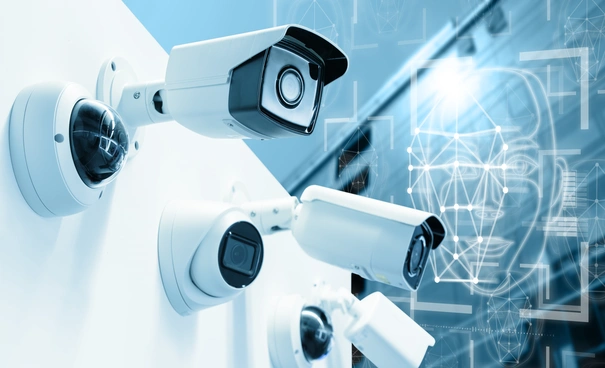
The Future of Security & Surveillance: How AI and Automation Are Redefining Safety
The security and surveillance industry is undergoing a rapid transformation, driven by artificial intelligence (AI), robotics, and IoT connectivity. From smart security cameras to autonomous patrol robots, advanced technologies are making public spaces, businesses, and homes safer than ever before.
1. AI-Powered Surveillance Systems
Modern AI surveillance systems use machine learning to analyze video feeds in real time, detecting threats like intruders, unattended bags, or suspicious behavior. Unlike traditional CCTV, these systems can:
✔ Reduce false alarms with behavior-based alerts
✔ Track multiple objects simultaneously
✔ Integrate with facial recognition for access control
✔ Reduce false alarms with behavior-based alerts
✔ Track multiple objects simultaneously
✔ Integrate with facial recognition for access control
Example: Cities like London and Singapore use AI video analytics to enhance public safety while reducing manual monitoring costs.
2. Smart Security Cameras & IoT Integration
Today’s smart security cameras go beyond recording footage—they offer:
- Cloud storage & remote access (view feeds via smartphone)
- Two-way audio (communicate with visitors or intruders)
- Night vision & thermal imaging (24/7 monitoring)
When connected to IoT-enabled security ecosystems, these cameras can trigger alarms, lock doors, or notify law enforcement automatically.
3. Autonomous Security Robots
Companies like Knightscope and Boston Dynamics deploy autonomous security robots for:
- Patrolling warehouses, malls, and campuses
- License plate & facial recognition
- Emergency response coordination
These robots work alongside human guards, providing continuous surveillance without fatigue.
4. Biometric & Facial Recognition Access Control
Biometric security systems (fingerprint, iris scans, and facial recognition) are replacing traditional keys and passwords in:
- Corporate offices
- Airports & government facilities
- Smart homes
Controversy: While effective, privacy concerns remain over data collection and misuse.
5. Drone Surveillance & Cybersecurity Challenges
Security drones provide aerial monitoring for:
- Large events & critical infrastructure
- Search-and-rescue operations
- Border patrol
However, as surveillance tech advances, so do cybersecurity risks. Hackers can exploit vulnerabilities in IoT devices and cloud storage, making encrypted data transmission essential.
The Future: Predictive Policing & Blockchain Security
Emerging trends include:
🔹 Predictive AI (anticipating crimes using data patterns)
🔹 Blockchain-secured surveillance logs (tamper-proof footage storage)
🔹 5G-enabled real-time analytics (faster threat detection)
🔹 Predictive AI (anticipating crimes using data patterns)
🔹 Blockchain-secured surveillance logs (tamper-proof footage storage)
🔹 5G-enabled real-time analytics (faster threat detection)
Conclusion
The future of security lies in automation, AI, and seamless integration. While these innovations offer unparalleled safety, balancing privacy, ethics, and regulation will be critical.